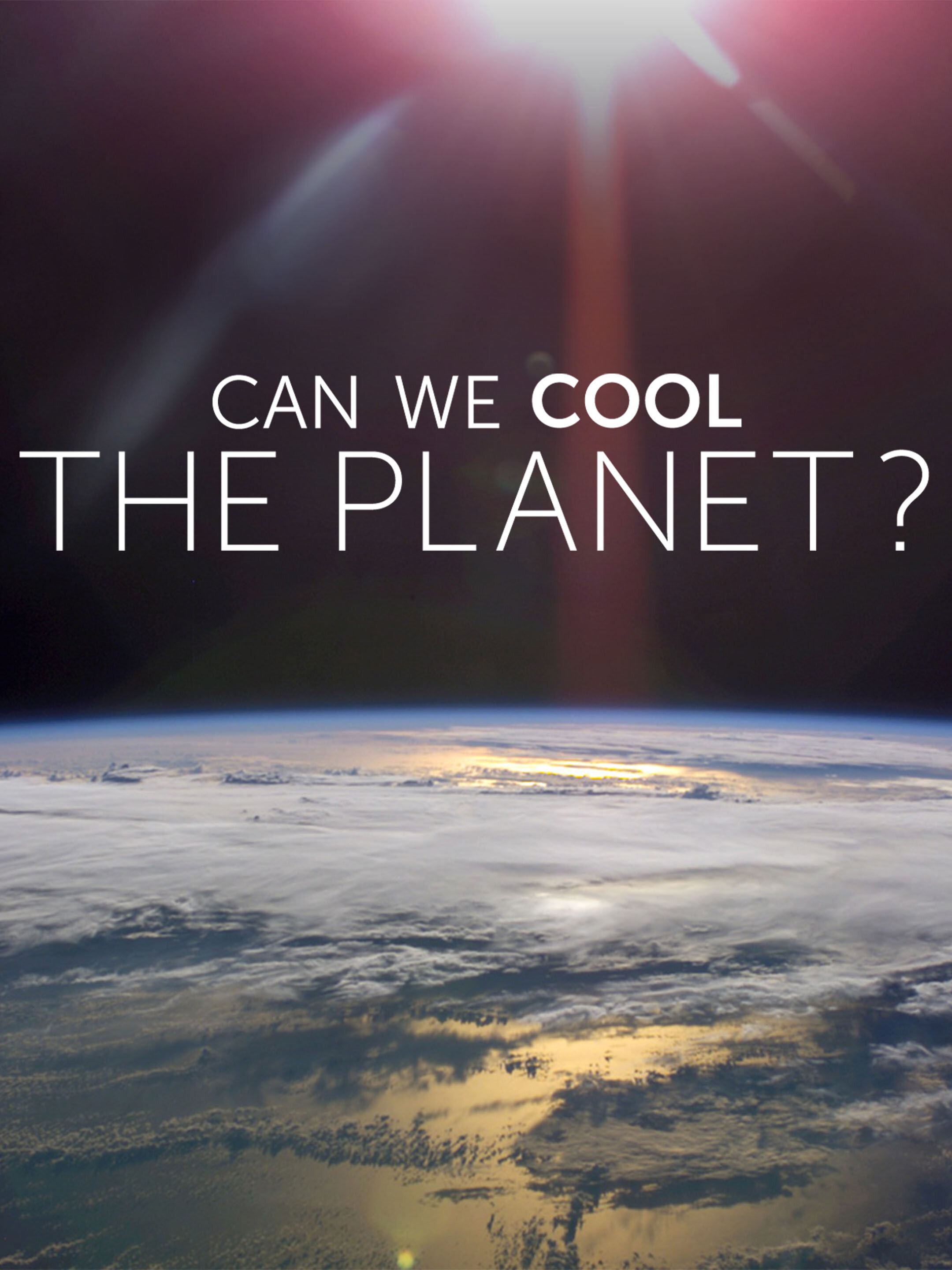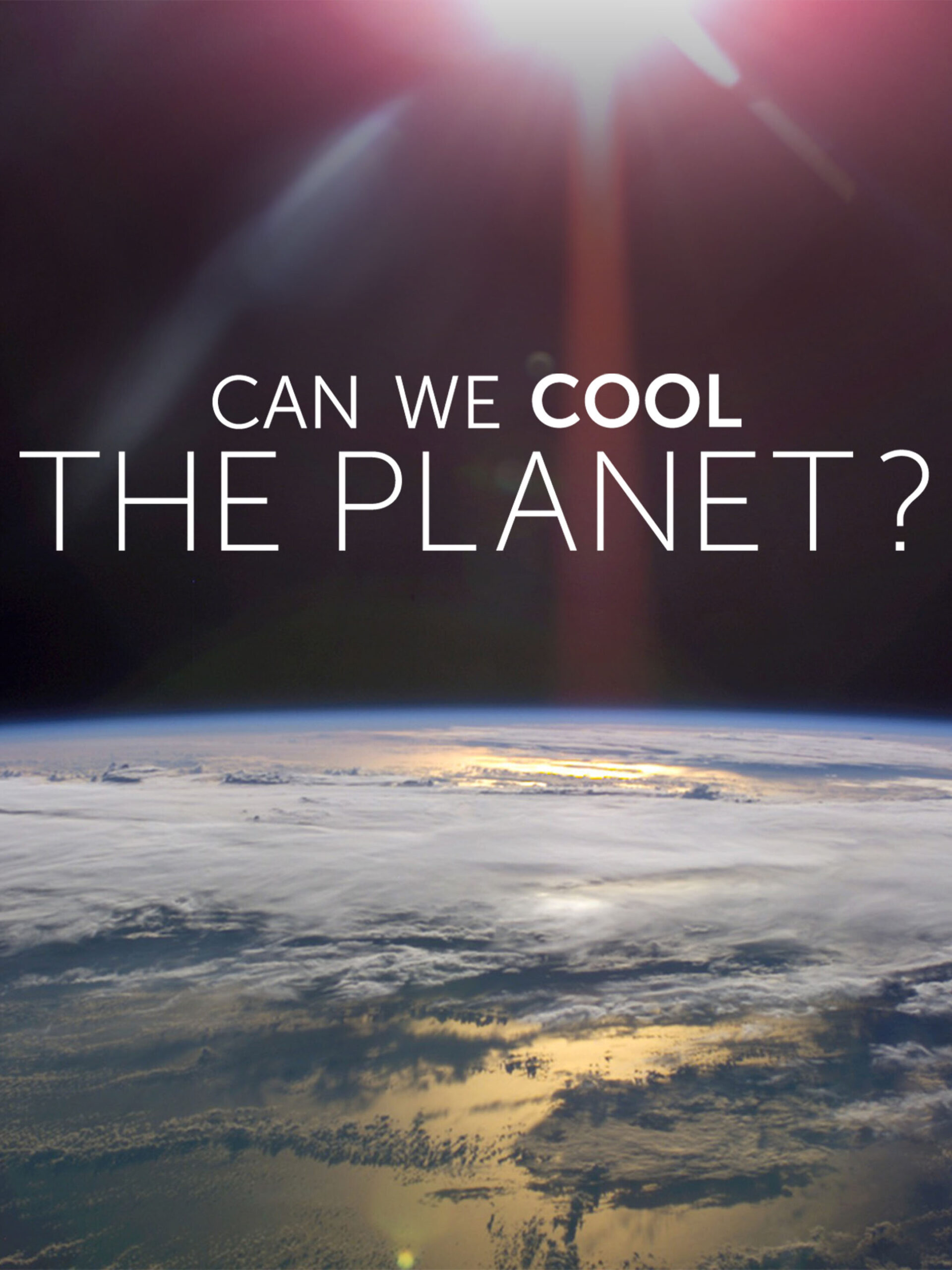Amidst shots and descriptions of swirling hurricanes, raging fires, and dying ecosystems, the documentary Can We Cool The Planet? begins with the words of climate strategist Jane Long, “We can’t go back, there is no path backwards.”
But what if there was?
Philadelphia filmmakers Ben Kalina and Jen Schneider, and their team of collaborators from across the country, set out to tell the stories of technologies that could curb the effects of climate change and cool down the planet. The product of their work is a 53-minute NOVA documentary episode (which can be streamed for free at PBS.org) that features the research of cutting-edge scientists from around the world who are fighting to save our earth and its people from the ongoing climate crisis.
The technologies featured in the film aren’t just about reducing the CO2 emissions that we are currently putting out. The first step in the process of cooling down the planet is reaching zero net CO2 emissions. But when that happens we will still have hundreds of gigatons of carbon warming our climate.
That’s where the ideas featured in Can We Cool The Planet? come in.
Research showcased on direct air capture, tree planting, geoengineering, and other innovative solutions focuses on reducing the amount and effects of the CO2 that has built up in our atmosphere since the beginning of the industrial revolution.
“We will get to the day… net zero day, where we brought human CO2 emissions to zero,” says Harvard professor David Keith in the film. “But on that day we have not solved the climate problem. All we’ve done is stopped making it worse.”
Co-writer, co-director, and producer Kalina explains further.
“If our goal is to try to get this planet to stay in a climate that we recognize, and that is hospitable to civilization, there’s no way that we can do this simply by cutting emissions,” he says. “We are past the point of simply relying on emission cuts to solve the ‘climate problem.’ Long term, we need some other ideas in the mix.”
The documentary’s creative team set out to find and share these technologies.
“People come to climate change stories already overwhelmed,” says co-writer, co-director, and cinematographer Schneider. “And so, I think it was really important for us, first of all, to meet people where they’re at and present a story that is a new path. For us, that meant focusing on solutions.”
When it comes to potential solutions, there is a lot of misinformation.
The creative team sifted through all, determining which technologies and ideas had the most scientific research backing them up at this moment in time. The field is ever-shifting and ever-growing, but the creators wanted audiences to have the most accurate understanding of what solutions propose the most scientific potential right now.
When explaining the film’s purpose to audience members, Kalina emphasizes it’s meant to build a common vocabulary around some of the technologies starting to surface.
“It’s really important that we all start to understand them better,” Kalina explains. “What they are, what they can do, and also what they can’t do.”

One area of focus of the documentary is how researchers have played with using natural organisms to store carbon. Teams looking at tree planting have found that planting in locations that can support new forests could trap a good amount of carbon. Scientists are also examining soil health and finding that dusting soil with compost can increase plant growth and the amount of carbon that soil captures.
Other scientists are using technological innovations to capture carbon. One team is looking at using filter technology to literally take cells of CO2 out of the air, while other scientists are looking at unique forms of storage, like injecting CO2 into basalt rock (lock formed from cooling lava) or engineering concrete made of carbon.
The research presented in the film also focuses on alternative ways to keep the planet cool if we can’t capture all of the carbon in time. One team featured in the documentary is looking at a process called geoengineering, exploring the process of injecting sea salt into clouds over the ocean to reflect light and cool global temperatures.
The sobering reality of these technologies is that they can’t solve the climate problem on their own. Even the most innovative ideas aren’t able to scale up to the emissions we currently release into our atmosphere.
The film constantly reflects a balance between the promise of the future of these technologies and an acknowledgement that they are only part of the answer.
“People haven’t given up,” says Schneider. “And because we are persevering, there’s this whole new generation of scientists who are looking outside the box to think of ways that, while we stop emitting CO2, we can use technology to soften the blow, to ameliorate some of the worst risks and maybe flatten that curve.”
It also emphasizes that while there are risks and downsides and limitations when it comes to trying to cool down the planet with any one of these potential solutions, there is hope as well.
“We still have agency in this fight,” says Schneider. “We’re not powerless.”
To watch Can We Cool the Planet?, head to NOVA’s page on PBS.org and stream for free.









